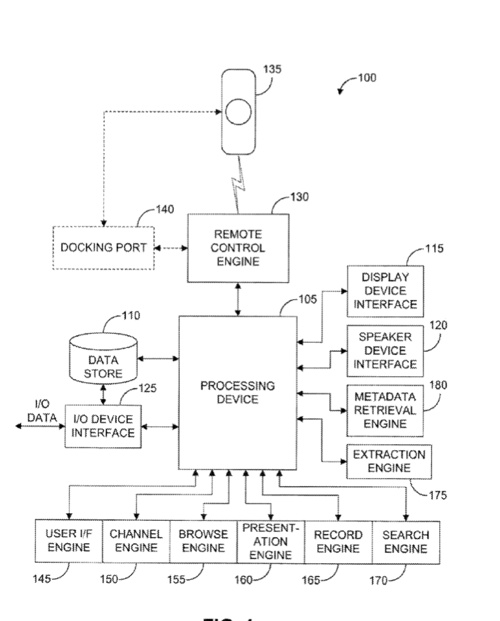In a note to clients — as reported by “Fortune” (http://tech.fortune.cnn.com/2011/10/24/piper-jaffray-apple-is-already-building-prototype-tv-sets/?) — Piper Jaffray’s Gene Munster says Apple is already working on prototypes of an HDTV. He thinks such a device will go on sale next year and be a US$6 billion business for Apple by 2014.
Munster builds on remarks attributed to Steve Jobs in the Walter Issacson biography, “Steve Jobs,” that went on sale today. In the book the late Apple co-founder and CEO is quoted as saying: “I’d like to create an integrated television set. It would be seamlessly synced with all of your devices and with iCloud … It will have the simplest user interface you could imagine. I finally cracked it.”
Munster notes that one problem to a full-fledged Apple television set (as opposed to the Apple TV set-top box) is combining live television with shows previously captured on iCloud. “Perhaps this code is precisely what Jobs believed he has ‘cracked,'” the analyst says, adding that Apple could use the new Siri voice activated system “to bolster its TV offering and simplify the chore of inputting information like show titles, or actor names, into a TV.”
The Piper Jaffray analyst says that, as recently as May 11, the US Patent & Trademark Office has published Apple patents relating to television-specific technology. In an Oct-06 patent application Apple filed for patents related to software for browsing and recording live television, features most closely related to, but not currently available in, the Apple TV.
Also, in patent number 7,865,927 (“enhancing media system metadata”) Apple explores advanced TV broadcast menus. Here’s Apple’s background and summary of the invention: “Historically, video content for television was free broadcast video content. The revenue model for content providers was to sell advertising during the free broadcast content. The advent of cable television systems has significantly changed the business mode for content providers in many instances. For example, content providers such as Home Box Office (HBO), available from Home Box Office, Inc. of New York, N.Y., provide broadcast content by subscription service and reduce (or altogether eliminate) advertising. Thus, the primary source of revenue for such providers are subscription services. Such subscription content can be broadcast to numerous set-top boxes, and the set-top box can be provided keys for decrypting the subscription broadcast signal.
“Further, with the implementation of digital technology in most cable and satellite systems, the broadcast content is supplemented by metadata content. The metadata content can be provided by a metadata content provider on a sideband signal to the digital video content signal, or by another alternative mechanism. The metadata content can enable electronic program guides, which can provide media system 100 users with programming schedules and detailed program information, such as, for example, actors, directors, ratings, reviews, etc. In conventional systems, such metadata content is limited.
“In one aspect systems, methods, apparatuses, and computer program products are disclosed for media systems. Such systems can include a video input, a metadata input, a network interface and a search engine. The video input can be configured to receive video content, while the metadata input can be configured to receive metadata from a metadata provider, the metadata being associated with the video content. The search engine interface can be configured to extract or automatically develop data from the metadata based upon input (e.g., user imputer), search a network using the network interface for data related to the extracted data, and to use the network interface to pull supplemental program data from the network.
“In one aspect, methods are disclosed which provide supplemental metadata, for example: receiving metadata associated with currently selected video content; extracting search parameters from the received metadata; and, searching a network for supplemental program data based upon the extracted search parameters.
“Media systems and methods described herein can provide supplemental information to content being presented either automatically or based upon user input, thereby allowing the user to locate information about the content that may be of interest. Media systems and methods can also provide entertainment to users in the form of, for example, commentaries, bonus footage, interactive trivia, pop-up trivia tidbits about content being presented to the user, and other data.”
— Dennis Sellers



